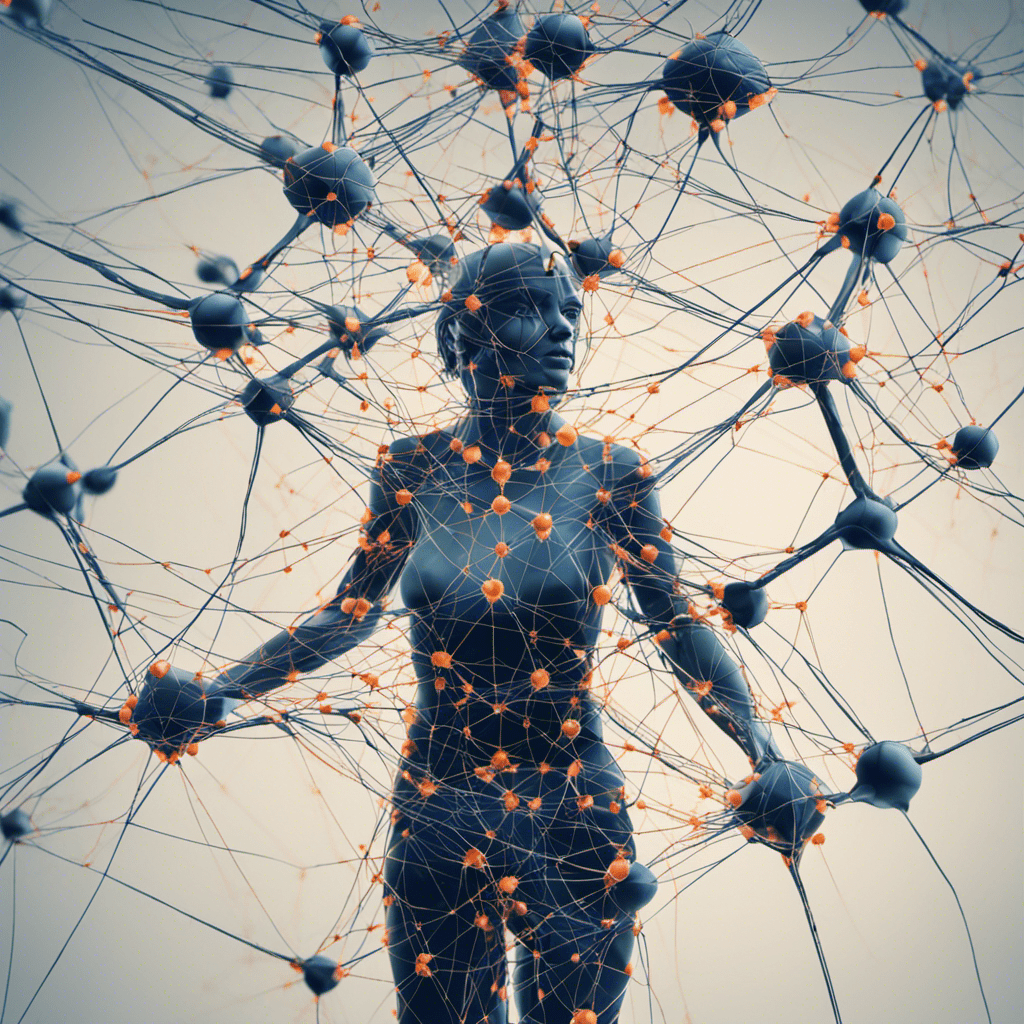
Demystifying the Mechanics: How Artificial Intelligence Works
Introduction: Artificial Intelligence (AI) has evolved from the realm of science fiction into a tangible reality that shapes various aspects of our daily lives. But what exactly is AI, and how does it work its magic? At its core, AI involves the creation of systems that can mimic human intelligence and decision-making. In this exploration, we delve into the intricacies of how artificial intelligence operates, shedding light on the underlying mechanisms that power this transformative technology.
Understanding the Building Blocks: At the heart of AI are complex algorithms and data processing techniques that enable machines to analyze information, learn patterns, and make decisions. These algorithms are designed to simulate human cognitive processes, allowing machines to perform tasks that typically require human intelligence, such as recognizing speech, understanding natural language, and making predictions.
Data, the Fuel of AI: Data serves as the lifeblood of artificial intelligence. Machine learning, a subset of AI, relies on vast amounts of data to train models and algorithms. These models learn from the data, identifying patterns and relationships that enable them to perform specific tasks. The more diverse and comprehensive the data, the better the AI system becomes at making accurate predictions and decisions.
Machine Learning Algorithms: Machine learning algorithms can be broadly categorized into three types:
- Supervised Learning: Involves training algorithms on labeled data, enabling them to make predictions or classifications based on examples.
- Unsupervised Learning: Deals with unlabeled data, where algorithms identify patterns and relationships without explicit guidance.
- Reinforcement Learning: Involves training algorithms through trial and error, rewarding them for making correct decisions and refining their behavior over time.
Neural Networks: A Glimpse into Deep Learning: A subset of machine learning known as deep learning utilizes neural networks. These networks are inspired by the human brain’s interconnected neurons. Deep learning models consist of layers of interconnected nodes that process and transform data. Through successive layers, these models can recognize complex patterns and features, such as images, speech, and text.
Training and Iteration: AI systems go through iterative processes of training and refining. During training, models are exposed to vast datasets and adjust their internal parameters to learn from the data. As the system encounters new data, it refines its understanding, making predictions or classifications with increasing accuracy.
Natural Language Processing (NLP): NLP is a cornerstone of AI that enables machines to understand, interpret, and generate human language. This involves tasks such as sentiment analysis, language translation, and chatbot interactions. NLP systems process text data, extracting meaning and context to respond appropriately.
Decision-Making and Prediction: AI systems excel in making predictions and decisions based on patterns they have learned from data. For instance, in healthcare, AI can analyze medical records and symptoms to predict disease outcomes. In finance, AI models can analyze market trends to make investment recommendations.
Feedback Loop and Continuous Learning: One of the most intriguing aspects of AI is its ability to learn from its own mistakes and improve over time. AI systems often incorporate feedback loops, where outcomes and decisions are evaluated against actual results. This continuous learning process enables AI to adapt to new situations, refine its predictions, and provide increasingly accurate insights.
Ethics and Bias Mitigation: As AI systems become more integrated into society, the issue of bias and ethics has come to the forefront. Ensuring that AI systems make fair and unbiased decisions is a significant challenge. Efforts are being made to train AI models on diverse datasets and develop techniques to identify and mitigate biases.
Conclusion: Artificial Intelligence is a fusion of mathematics, algorithms, data, and computation that enables machines to simulate human intelligence and perform tasks that were once deemed beyond their capabilities. By harnessing the power of machine learning, neural networks, and natural language processing, AI systems can process vast amounts of data, learn from patterns, and make decisions that enhance efficiency, accuracy, and convenience across a multitude of industries. As AI continues to evolve, its mechanisms will become even more sophisticated, paving the way for new frontiers in technological innovation and human-machine collaboration.
